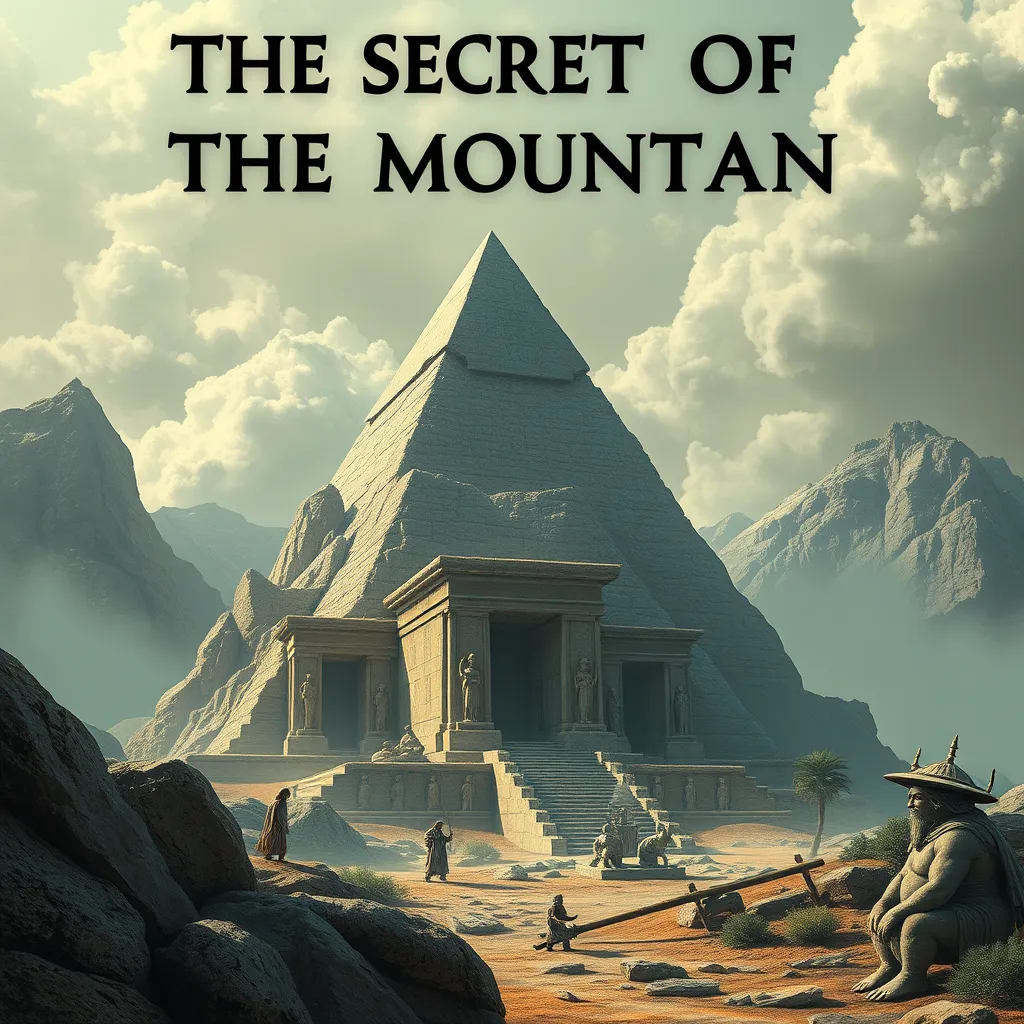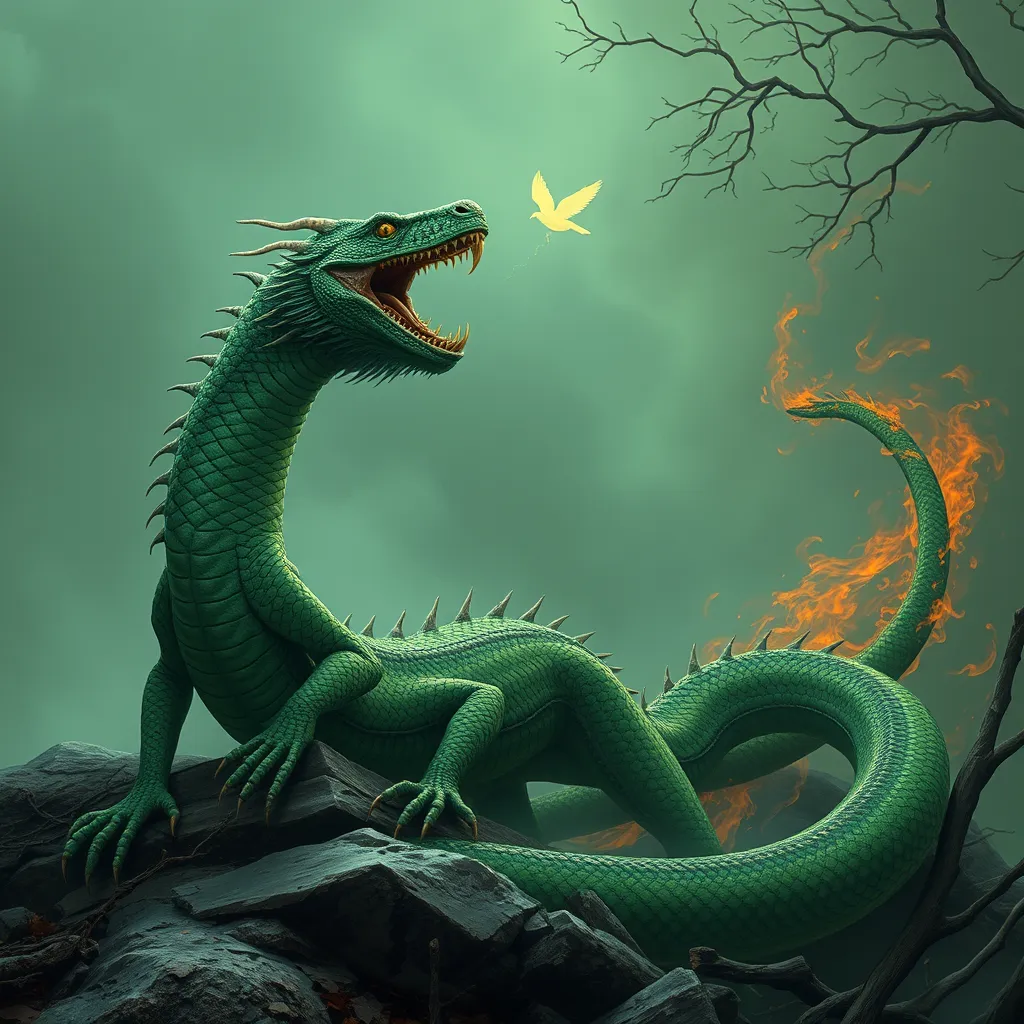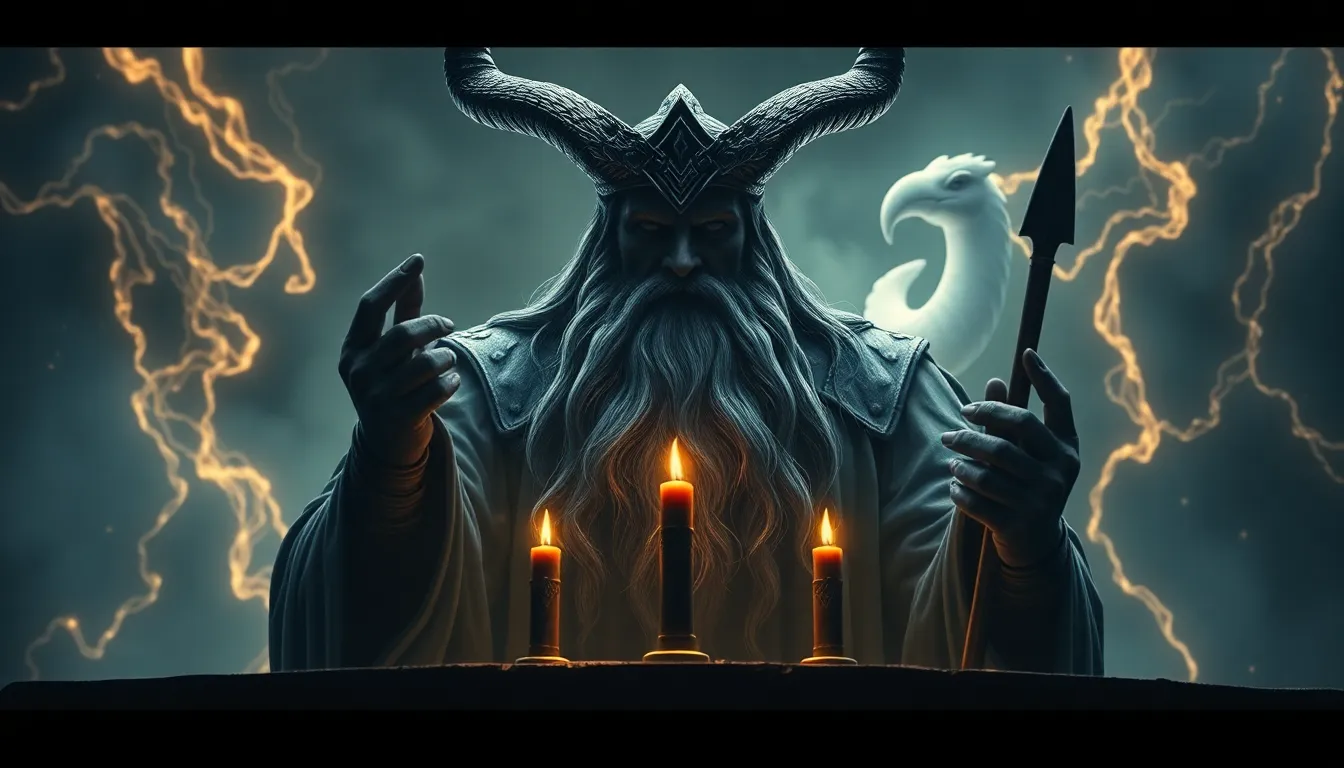Ahuizotl: The Shadowy Presence in Aztec Rivers and Lagoons
I. Introduction
The Ahuizotl is a captivating figure in Aztec mythology, often depicted as a creature that lurks in the waters of rivers and lagoons. This enigmatic being holds significant cultural importance, representing the fears and reverence the Aztecs had for water bodies.
Ahuizotl’s role extends beyond mere folklore; it embodies the complex relationship between the Aztec civilization and their environment. This article aims to delve into the mythology, characteristics, and historical accounts surrounding Ahuizotl, shedding light on its significance in the Aztec world.
II. The Mythological Origins of Ahuizotl
To understand Ahuizotl, one must first explore the ancient Aztec beliefs and cosmology that shaped their understanding of the natural world. The Aztecs viewed their universe as a place filled with deities, each governing different aspects of life and nature.
Water deities played a crucial role in Aztec creation stories. The universe was believed to be born from the primordial waters, and gods like Tlaloc, the rain god, were central to agricultural success and fertility. Within this pantheon, Ahuizotl emerged as a guardian of water, embodying both its nurturing and destructive potential.
III. Physical Description and Characteristics
Descriptions of Ahuizotl vary, but common elements recur in historical texts and folklore. Typically, it is depicted as a creature with a dog-like body, complete with sharp claws and a long, flexible tail. Its most distinctive feature is said to be its human-like hands, which it used to lure unsuspecting victims into the water.
- Dog-like body: Symbolizes loyalty and ferocity.
- Human-like hands: Reflects the deceptive nature of Ahuizotl, able to mimic human actions.
- Long tail: Often interpreted as a symbol of its connection to aquatic environments.
These features combined represent duality—Ahuizotl is both a protector and a menace, a guardian of water who also poses a threat to those who do not respect its domain.
IV. Ahuizotl’s Habitat: Rivers and Lagoons
Ahuizotl is intrinsically linked to rivers and lagoons, natural environments that were vital to the Aztec way of life. Water bodies not only provided sustenance but also served as spiritual sites where rituals and ceremonies took place.
The significance of these water bodies in Aztec mythology cannot be overstated. They were seen as sacred places where humans could connect with the divine. Ahuizotl’s presence in these areas reinforces its role as both guardian and trickster within the ecosystem.
V. Legends and Encounters with Ahuizotl
Numerous myths and stories feature Ahuizotl, showcasing its multifaceted character. One notable tale tells of an Aztec hunter who ventured too close to a lagoon, only to be pulled underwater by the creature. This encounter serves as a warning to others about the dangers lurking in the depths.
Encounters with Ahuizotl have been recounted by various villagers and hunters, often depicted as cautionary tales. These stories emphasize respect for nature and the consequences of overstepping boundaries.
- Myth of the Disappearing Fisherman: A fisherman who ignored warnings about Ahuizotl was never seen again.
- The Luring Song: Ahuizotl is said to sing a haunting melody to attract unsuspecting victims.
VI. Ahuizotl in Contemporary Culture
The legacy of Ahuizotl extends into contemporary culture, influencing modern literature and art. Its representation in popular media often draws on themes of mystery and the supernatural, captivating audiences with its rich mythological background.
Today, Ahuizotl appears in various forms, from literature to film, reflecting a growing interest in Aztec mythology. This fascination highlights the enduring nature of these ancient narratives.
VII. The Significance of Ahuizotl in Understanding Aztec Society
Ahuizotl offers valuable insights into Aztec values, fears, and their respect for nature. The mythology surrounding this creature emphasizes the importance of water as both a life-giving force and a potential danger.
Furthermore, Ahuizotl’s stories served to reinforce social cohesion and community identity. Through shared myths, the Aztecs cultivated a collective understanding of their environment and the challenges it posed.
In a broader context, Ahuizotl reflects key themes within Mesoamerican belief systems, particularly the interconnectedness of life, death, and the natural world.
VIII. Conclusion
In summary, Ahuizotl stands as a significant figure within Aztec mythology, embodying the complexities of water and the environment. Its stories serve as a reminder of the respect the Aztecs held for nature’s power and unpredictability.
The enduring legacy of Aztec beliefs, as exemplified by Ahuizotl, continues to resonate in contemporary culture, inviting further exploration of ancient civilizations and their mythologies. Understanding figures like Ahuizotl not only enriches our knowledge of the past but also highlights the universal themes that connect us all.



